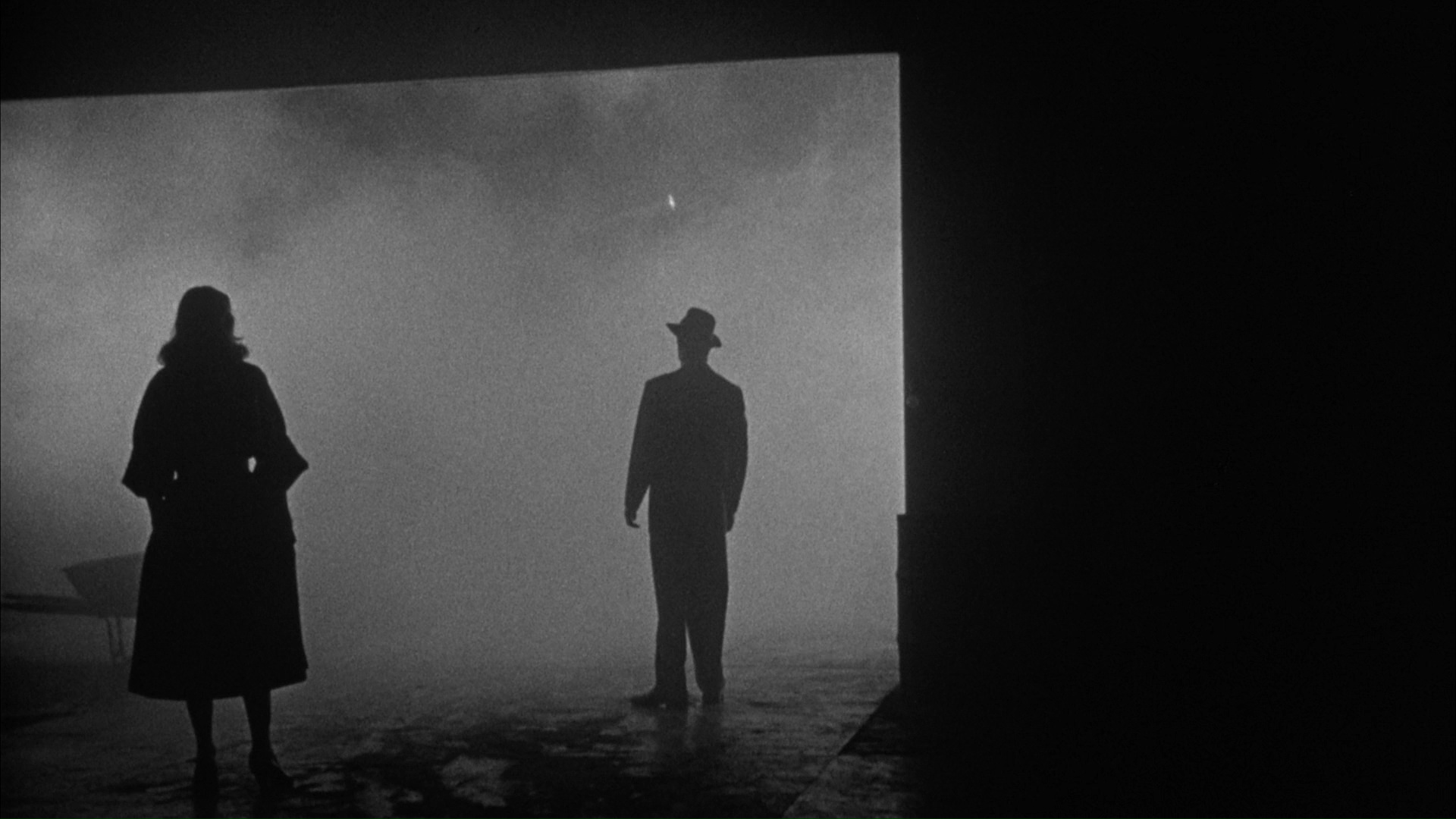There is very dramatic and spooky music track throughout the sequence, its non-diegetic and is played by a big band or orchestra. It creates a very tense atmosphere to start the film off and even gives it a horror feel. After 1 minute 17 seconds the scene is narrated and explains the situation to the viewer and his voice is speaking as if the scene is a flash back of just earlier in the day.
Thursday, 26 January 2012
Opening Sequence Analysis of Sunset Boulevard
‘Sunset Boulevard’ is a street in the western part of Los Angeles County, California, that stretches from Figueroa Street in downtown Los Angeles to the Pacific Coast Highway at the Pacific Ocean in the Pacific Palisades. The street is an icon of Hollywood celebrity culture and the phrase "Sunset Boulevard" is a enduring shorthand for the glamor associated with Hollywood. The movie starts off with the camera panning down to a drain in the street and the drain is labelled with the streets name. The camera then follows the road for 1 minute 17 seconds as it lists Editors, producers and finally the director until it pans up to a tracking shot of speeding police vehicles. The camera then shoots from a high angle to watch as the police pull into a drive of a very expensive house, and again from a different high angle we see the police stop. The camera then pans to the left to see a pool and the police rushing up to the scene and the final shot of the sequence is a shot from the bottom of the pool to see the murdered man floating at the top of the water then there is a transition (white fade).

There is very dramatic and spooky music track throughout the sequence, its non-diegetic and is played by a big band or orchestra. It creates a very tense atmosphere to start the film off and even gives it a horror feel. After 1 minute 17 seconds the scene is narrated and explains the situation to the viewer and his voice is speaking as if the scene is a flash back of just earlier in the day.
 The font for the introduction is unusual as it sets the scene and gives the audience a feel about what kind of movie this is going to be. It’s the type of font that would be on a crate at the LA docks. The is an interesting lighting as its high ki but because its in black and white it makes it feel darker. It’s hard to tell what time it is because although it was 5:00am it seemed very light. You can tell it’s the 1950’s as they use old cars and bikes and the style of clothing is relevant to the time, and all this is an example of Mise En Scene and the narrator also has a bit of a gangster accent which can set the area in which the film is set i.e. Los Angeles.
The font for the introduction is unusual as it sets the scene and gives the audience a feel about what kind of movie this is going to be. It’s the type of font that would be on a crate at the LA docks. The is an interesting lighting as its high ki but because its in black and white it makes it feel darker. It’s hard to tell what time it is because although it was 5:00am it seemed very light. You can tell it’s the 1950’s as they use old cars and bikes and the style of clothing is relevant to the time, and all this is an example of Mise En Scene and the narrator also has a bit of a gangster accent which can set the area in which the film is set i.e. Los Angeles.
There is very dramatic and spooky music track throughout the sequence, its non-diegetic and is played by a big band or orchestra. It creates a very tense atmosphere to start the film off and even gives it a horror feel. After 1 minute 17 seconds the scene is narrated and explains the situation to the viewer and his voice is speaking as if the scene is a flash back of just earlier in the day.
Monday, 23 January 2012
Brief History On Noir
Brief History Of Noir
Film noir is a cinematic term used primarily to describe stylish Hollywood crime dramas, particularly those that emphasize cynical attitudes and sexual motivations. Hollywood's classic film noir period is generally regarded as extending from the early 1940s to the late 1950s. Film noir of this era is associated with a low-key black-and-white visual style that has roots in German Expressionist cinematography. Many of the prototypical stories and much of the attitude of classic noir derive from the Hardboiled School of crime fiction that emerged in the United States during the Depression.

Monday, 16 January 2012
Subscribe to:
Comments (Atom)